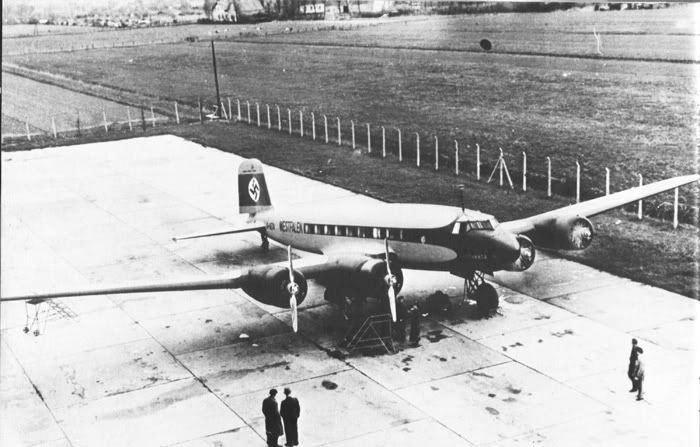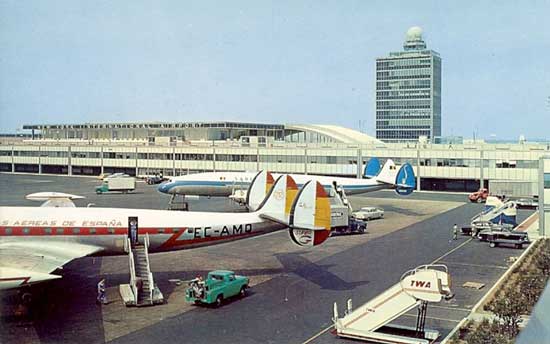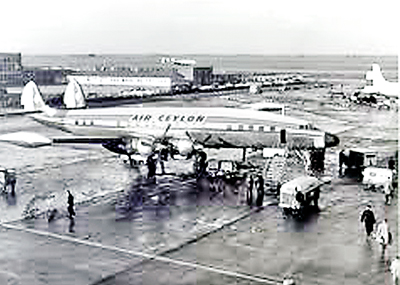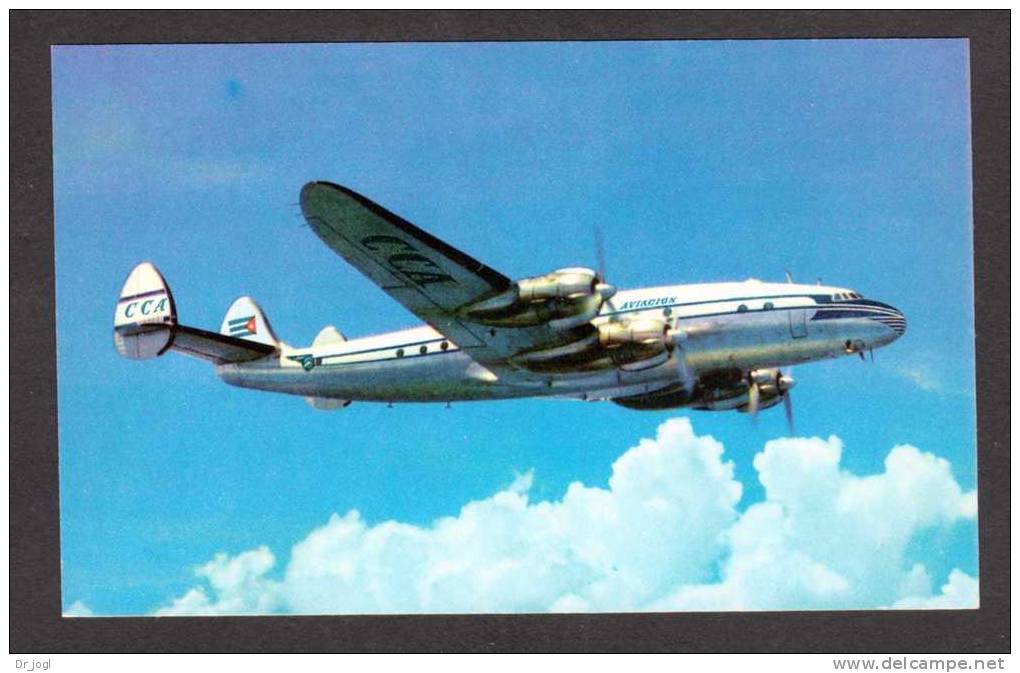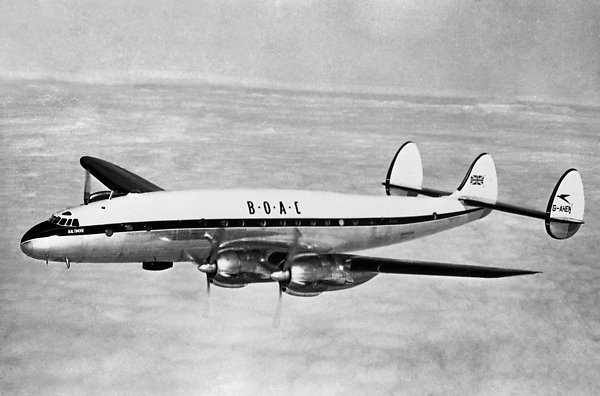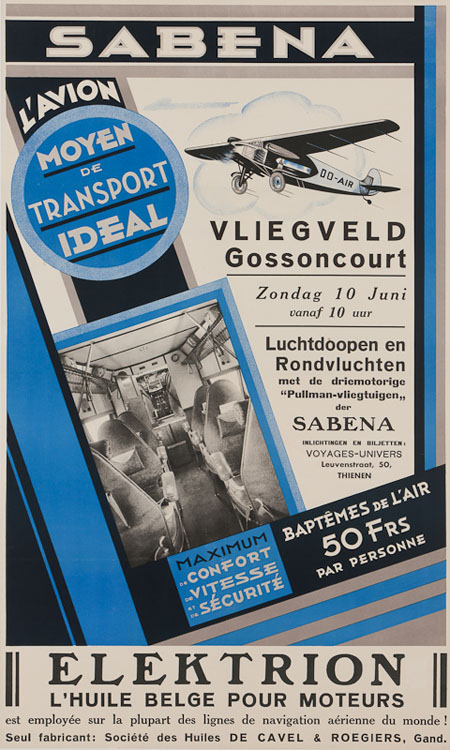The Focke Wulf Fw 200 Condor was the first aircraft to fly non stop from Berlin to New York, and was used by the pioneering Lufthansa to open routes in the North Atlantic, South Atlantic to Brazil and the Far East to Tokyo.
Wednesday 17 July 2013
Saturday 13 July 2013
Expansion in Europe and Africa
The purchase of the Handley Page W.8 models gave SABENA the chance to improve its african services. The vast majority of the new airliners were shipped to Africa into crates but one pioneer, named Edmond Thieffry, decided to try delivering one of them flying from Europe to colonial Congo's capital, Leopoldville (nowadays Kinshasa).
Thieffry was a former WW1 ace with 10 confirmed kills, and managed to form a crew with a second pilot, Leopold Roger, and Jed de Bruycker, an experienced technician.
The team took off from Bruxelles on 25 February 1925, on a W.8e named Princesse Marie-José.
The flight plan was set to take them first to Marseille, and then crossing the Mediterranean reaching Oran. From there they stop in Colomb-Bechar, Gao, Fort Lamy, Bangui, Coquilhatville. On 3 April, the Princess Marie-José made a triumphant landing into Leopoldville. Due to weather conditions and mechanical problems the journey took 51 days, but the actual flying hours were only 75.
Two months later, on 6 June, SABENA started a regular service route to Luebo, which was later extended to Ngule, then Elisabethville and finally to the port of Boma. In less than two years, the Belgians managed to develop a wide air network within the border of their colony.
In Europe, SABENA was steadily developing its connections, opening the new Bruxelles-London route, which quickly became the most important commercial sector for the company.
The airline's expansion was not only limited to the United Kingdom: Koln, Dusseldorf, Essen and Hamburg were served as well, and on 14 April 1930 SABENA started its second, nightly service to London.
A new contract was signed with Fokker for delivery of the new F.VII-3m, one of the first modern commercial airliners. SABCA was once again chosen for licensed production, and from 1929 to 1943 the Belgian airline operated 23 of these three-engined machines, seven of which in Africa.
The late 20s and early 30s had seen a development of services in Europe and within the african territories. What was now needed was a direct connection between Belgium and Africa. On 23 February 1935 Prosper Cocquyt, Jean Schoonbroodt and Fernand Maupertuis took off in a Fokker F.VIIB-3m.
The aicraft was christened "Edmond Thieffry", and left Bruxelles following exactly the same route flown by the pioneering Thieffry 10 years before. They reached Leopoldville after 5 days, opening a weekly connection between the Belgian capital and Congo.
Thieffry's legacy and achievement were astonishing: not only he had managed, 10 years earlier, to deliver an aircraft from Europe to Central Africa, but he had also done it finding the perfect commercial route that could be used.
 |
| Jean Schoonbroodt co-pilot, Prosper Cocquyt pilot, Fernand Maupertuis marconist. |
The final and most important step in SABENA's development came in 1935, when the Savoia Marchetti S.73 and the Junkers Ju 52 were purchased.
The Italian aicraft was powered by 600 hp Gnome-Rhone Mistral 9k, could carry 18 passengers and was able to reach a cruise speed of 290 km/h (180 mph). Performance was not achieved at the cost of passenger comfort, as the S.73 was the first airplane in the world equipped with a wine chiller! In 1938, the enhanced S.83 was bought as well.
 |
| Savoia Marchetti S.73 |
The Junkers Ju 52 was the first all-metal civilian aircraft built, and was rugged enough to operate from any airstrip available, from concrete to mud and sand.
However, the second half of the 1930s saw war clouds gathering on the horizon in Europe. The Prague route had to be stopped in March 1939, way before the opening of hostilities.
On 3 September 1939, United Kingdom and France declared war on Germany: within 10 days all SABENA flights were stopped. The situation remained uncertain for the whole autumn and winter; African routes were reopened, but only from Marseille. The passengers had to be brought to southern France by train, and then boarded onto white-painted S.83, with black"Belgique" insignia painted on the fuselage.
British flights were also resumed at the end of 1939, flying bright orange-painted machines with the same black "Belgique" markings.
Everything changed on 10 May 1940: the Germans invaded Belgium and the Low Countries, quickly defeating these two small but proud countries. Their respective airlines, KLM and SABENA followed the same destiny and went through many years of subjugation and misery.
Friday 12 July 2013
The birth of SABENA
In February 1919, the former WW1 pilot Georges Nelis published in Bruxelles a 48-page pamphlet: "The development of Belgium through its aviation". Nelis' aim was to prove how the creation of a powerful commercial air service could be vital to help the economic and political growth of the country.
The proposal quickly found enthusiasts among the nation's establishment, including the young king Albert I. After a few weeks, the SNETA (Syndicat National pour l'Etude des Transportes Aériens) was created.
In April 1919, Nelis carried out his first experimental flight, carrying two passengers on the London-Paris-Bruxelles route. August of the same year saw the birth of CENAC (Comitè d'Etudes pour la Navigation Au Congo), whose aim was to open commercial routes to the Belgian colony of Congo.
SNETA registered its first aircraft on 19 March 1920: one Fokker D.VII, three Breguet XIV, three De Havilland DH.9 and three Rumpler C-IV. On 25 May the carrier established its first official route, with a mail service to London.
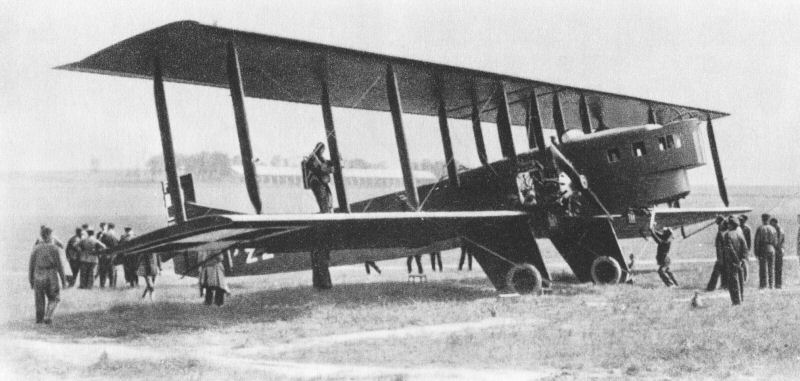 |
| Farman Goliath |
The first african route was launched in July, using three G.L. 40 flying boats for the 580km Leopoldville-N'Gombe trip.
A second african route was added in 1921 between N'Gombe and Lisala, and on 1 July of the same year Leopoldville was connected with Stanleyville. The 1740km distance between the cities was covered in three days, compared to the 17 required by the usual river journey.
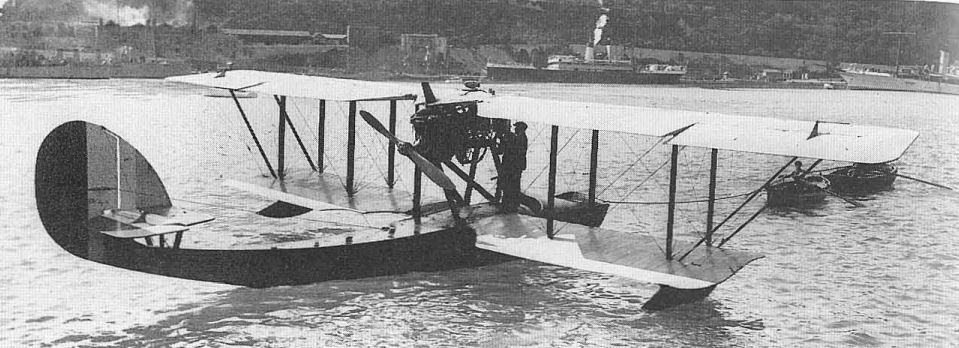 |
| The G.L. 40, also known as Levy-Lepen, were the first aicraft used on colonial routes |
In the meantime in Europe, SNETA had bought new aircraft: one Ansaldo A-300c, one Farman Goliath and one De Havilland D.H. 4. With these new machine, more suited for commercial flights, it was possible to open new routes to Paris, Amsterdam and Rotterdam.
On 1 June 1922, SNETA and CENA suspended all flights. The suspension was planned and temporary, as the two entities were merged into the new SABENA (Societé Anonyme Belge d'Exploitation de la Navigation Aeriénne).
The fleet consisted of:
- four D.H. 9
- three Rumpler C-IV
- one Goliath
- four SPAD 33
- one A-300
 |
| SABENA's OO-AHG W.8e |
Despite the new acquisitions, the airline still needed to find an aircraft with range and passenger capacitiy. The answer to this problem came into the shape of the Handley Page W.8b; derived from the O/400 heavy bomber, it was able to carry 12 passengers in a closed cabin, an enormous improvement compared to all other civilian aircraft. SNETA purchase one machine, and then set up the SABCA factory starting licensed production of the aircraft. After three models, production shifted to the enhanced W.8e model, powered by two 365 hp Rolls-Royce Eagles and one 233 hp Siddeley Puma.
SABENA was the first commercial airline in the world operating three-engined aircraft, and started with them the Rotterdam-Bruxelles-Strasbourg-Basel route on 14 July 1924.
Subscribe to:
Posts (Atom)






